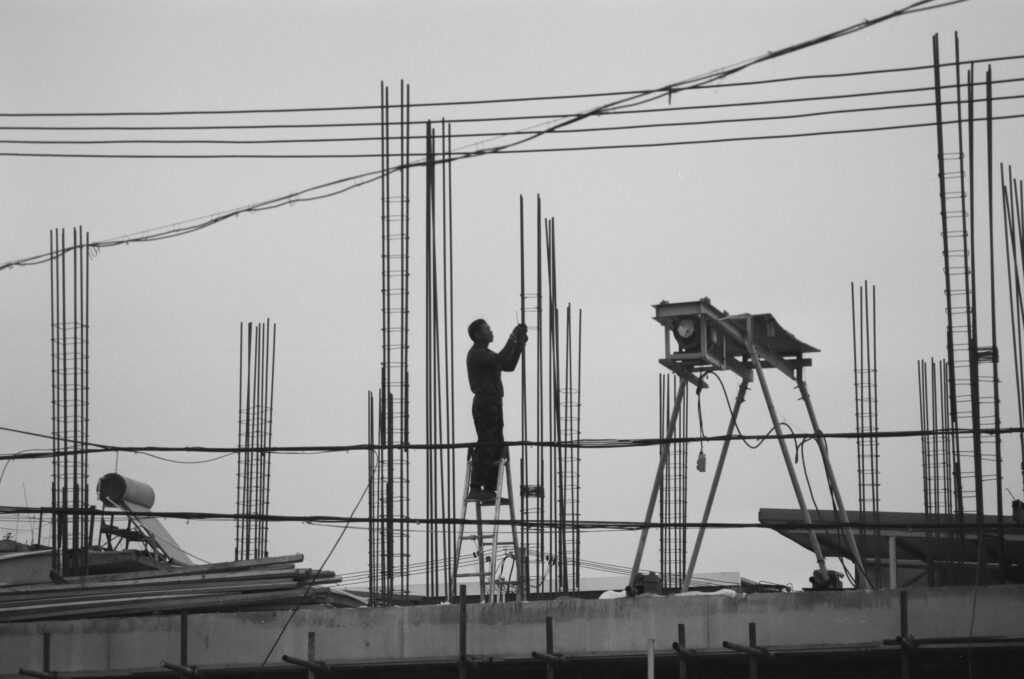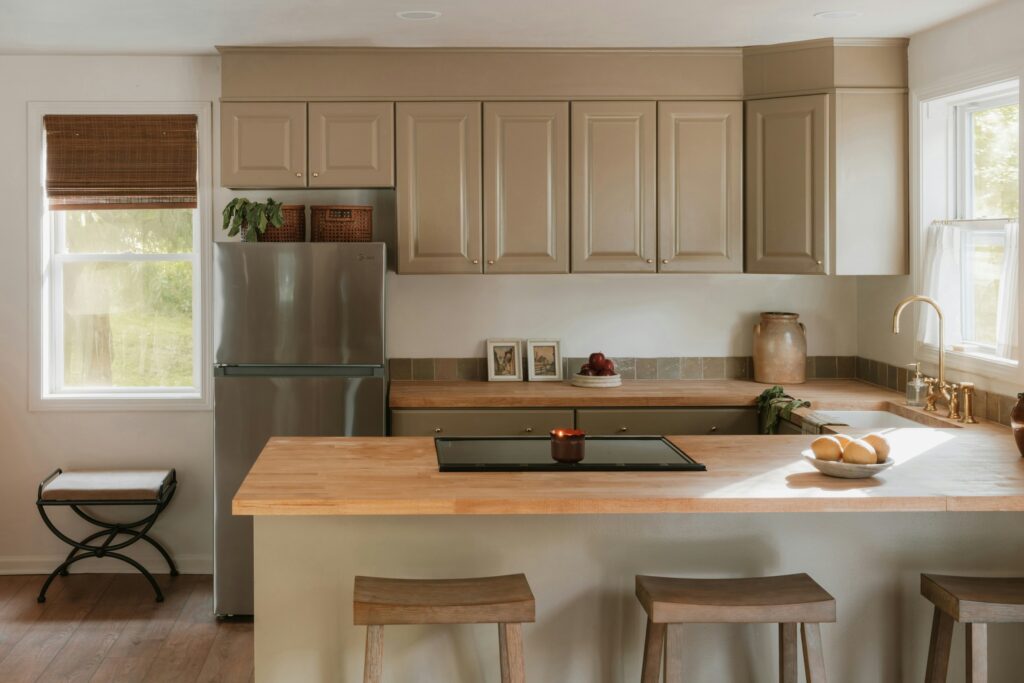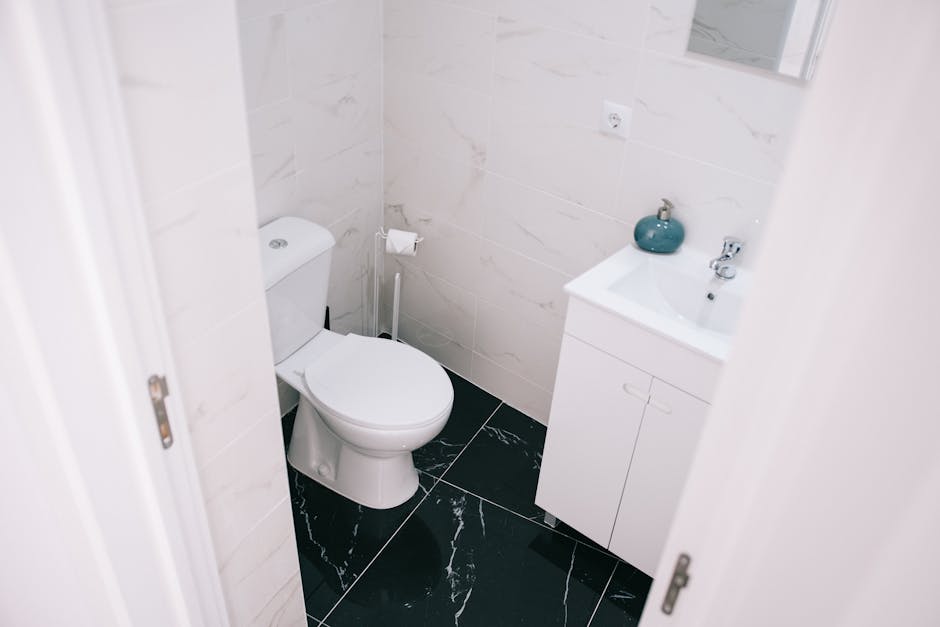Interior renovations are one of the most tempting rabbit holes for homeowners. One minute you’re watching a 10-minute transformation video, the next you’re at the hardware store convinced you can demo a wall. But enthusiasm doesn’t equal experience. And while doing it yourself might save money upfront, the full equation includes time, stress, and the risk of expensive mistakes.
This section isn’t about telling you DIY is bad. It’s about being honest. When does it make sense to do the work yourself? When should you hand it over to pros who know what they’re doing?
Renovation decisions aren’t one-size-fits-all. Your budget, timeline, and tolerance for imperfection matter a lot. So let’s break it down—what DIY really costs, and how to decide whether to roll up your sleeves or call in backup.
Hiring a Contractor
Hiring a contractor means you’re paying for more than just labor. You’re buying experience, speed, and a smoother ride to the finish line. Quality pros know how to avoid hidden delays, sketchy shortcuts, and unnecessary costs. That expertise doesn’t come cheap, but it saves in ways that aren’t always obvious at first.
Contractors usually get access to better pricing on materials. They work with suppliers directly and often buy in bulk. That means you’re not stuck paying full retail like you would at your local hardware store. With the right crew, materials get dropped off faster, installed cleaner, and cleaned up better.
Here’s something a lot of people miss: time. A pro crew can do in a week what might take a DIYer a month. That means less time living in a construction zone and fewer surprises. Pros also handle the annoying stuff like permits, inspections, and coordinating with trades. You don’t have to chase electricians or explain timelines to a tile guy. Less stress, fewer phone calls, more headspace.
Yes, it costs more upfront. But if time, sanity, and finishing the job right matter to you, hiring out might be money well spent.
The Risk Zones of DIY Renovation
Taking the do-it-yourself route can be rewarding, but when it comes to certain parts of the home, it’s not just about skill—it’s about safety, regulation, and long-term value.
Where DIY Often Goes Wrong
Not every project is meant for a weekend warrior. Tackling major systems without specialized knowledge can quickly turn costly or dangerous.
- Structural work: Removing walls or altering supports without engineering insight can jeopardize the integrity of your home.
- Electrical systems: Mistakes here can lead to code violations or serious fire hazards.
- Plumbing: Poorly installed lines can result in leaks, water damage, or mold issues later on.
Insurance and Liability Concerns
Working without licensed professionals can have consequences far beyond the construction phase.
- Many home insurance policies limit coverage for work not completed by licensed trades.
- In the event of damage or injury, you could be held personally liable.
- Future claims may be denied if unverified DIY work is found to be a factor.
Impact on Resale Value
Even if your DIY improvements seem solid, potential buyers and inspectors might see them as red flags.
- Unpermitted or poor-quality work may reduce buyer confidence.
- Home inspectors will flag non-compliant or amateur workmanship, affecting offers.
- DIY finishes, like tile or flooring, may need to be redone to meet buyer expectations.
Bottom Line: Know your limits. For areas that affect safety and structure, hiring a licensed professional is not just smarter—it’s often non-negotiable.
Small renovations can make a big difference, especially when done smart. Start with the bathroom. A fresh coat of paint, updated tile, and new fixtures can take a drab space to polished in a weekend. Think neutral tones, modern faucets, and maybe a bold vanity if you’re feeling it. DIYers can tackle this for around $1,500 to $3,000, while a contractor might push it closer to $5,000 or more.
In the kitchen, even a light facelift changes the vibe fast. Swapping out old cabinet fronts, upgrading the countertops, and adding sleek hardware can breathe new life into the space. DIY projects run around $4,000 to $8,000 if you’re smart about sourcing. Bring in a pro, and you’re looking at $10,000 and up.
The living room is about subtle polish. New flooring, modern lighting, and built-ins that make the space feel custom can go a long way. DIYers should budget at least $2,000. With a contractor, expect closer to $6,000 depending on materials.
But don’t forget the sneaky stuff. Permits may be needed, especially for plumbing or electrical changes. Missed water damage behind a wall, junk behind the drywall, or surprise code issues can throw your budget. Always leave room for problems you can’t see and time you didn’t plan to spend.
Case study: How a 2-week project turned into a 2-month slog
Alex had a plan: launch a new vlog series in two weeks. The concept was tight, the equipment was ready, and the calendar was clear—or so it seemed. Then the real world showed up.
One editing software crash, five forgotten export settings, three YouTube algorithm updates, and a full weekend lost to thumbnail testing later, the timeline had blown past two months. What should’ve been a quick pivot into a new format spiraled into burnout.
It wasn’t laziness. It was the hidden effort: learning new tools from half-baked tutorials, digging through conflicting SEO advice, keeping up with the latest audience retention hacks. Meanwhile, real life didn’t pause. Alex still had bills, a day job, and a partner wondering why dinner turned into a tripod test.
This is the mental weight no one talks about. When every free moment becomes “content time,” the line between creative drive and creative drain fades fast. The finish line keeps moving—not because you’re not working hard, but because the rules keep changing and the bar keeps rising.
If it feels like your weekends have become workdays, you’re not alone. Most creators are running two jobs: one in content, the other in survival.
If your kitchen or living room just needs a facelift, cosmetic upgrades go a long way. A fresh coat of paint, some updated cabinet hardware, or clean new wallpaper can completely shift the vibe without gutting your bank account. Small details, big payoff.
When you’re working with a tight budget, sweat equity becomes your best asset. The more you’re willing to do yourself, the further your dollars stretch. Painting walls, swapping out light fixtures, or refinishing furniture are doable weekend projects that don’t require a loan or a contractor.
And if you’ve already got some experience under your belt—basic carpentry, tiling, electric—save the cash and get it done yourself. No need to pay someone hundreds when you can knock it out with a trip to the hardware store and a few solid hours. Knowing your limits matters, but if the skill is there, the savings follow.
Big-Picture Renovations with Lasting Impact
When it comes to vlogging about home living or lifestyle builds, large-scale renovations do more than prop up views—they influence safety, timelines, and long-term property value. Viewers don’t just want to see pretty before-and-afters. They want to understand how major upgrades like electrical overhauls, roofing replacements, or foundation work affect the base layer of daily life.
Creators covering these topics should stay close to real-life timelines. A six-month kitchen remodel is a story worth telling, especially when viewers can follow every step. That kind of transparency builds trust. On the flip side, skipping over the safety angle—or rushing through it—can backfire. People care about permits, inspections, and what actually passes code.
All of it matters if you’re trying to show that your renovation content is more than aesthetic—it’s functional, it’s responsible, and yes, it adds real value. Whether you’re flipping a house or gutting your own garage, impact comes from showing the full picture, problems and all.
Prioritize Visual Impact in Small Space Renovations
When renovating a small space, every decision counts. With limited square footage, the upgrades you choose should create maximum visual impact without overwhelming the area or your budget. To make the most of any compact living area, focus on smart changes that instantly elevate both function and appearance.
Focus on High-Impact Upgrades
Rather than spreading your budget across many minor changes, concentrate on a few standout upgrades that make the space feel fresh and inviting.
- Repaint with purpose: A well-chosen paint color can visually expand small spaces and add character. Light, neutral colors tend to create a more open feel.
- Upgrade lighting: Swapping out outdated fixtures for modern designs or adding layered lighting can significantly enhance mood and perception of space.
- Use mirrors strategically: A large mirror or mirrored furniture can visually double the size of a room.
- Change hardware: New door handles, cabinet pulls, and light switch plates can subtly modernize a space without major effort.
Keep Function and Form in Balance
Small spaces benefit most when each element is both beautiful and functional.
- Choose furniture with built-in storage to reduce clutter.
- Opt for multipurpose decor like fold-down desks or wall-mounted shelves.
- Avoid over-decorating to maintain a sense of openness.
Budget Tip: Prioritize Where It Matters
Spend where you’ll see and feel the difference every day. You don’t have to completely overhaul a room to make it feel new.
- Focus on the first impression: entryways, living areas, and kitchens often yield the most return visually.
- Save on things like decor accents or artwork by repurposing or shopping secondhand.
(Related read: Creative Ways to Renovate Small Spaces on a Budget)
Sometimes it makes more sense to bring in the experts. Vloggers in 2024 are leaning into a hybrid approach: calling in pros for the heavy editing, sound mixing, or color correction—then handling the finishing touches themselves. It’s a smart blend of delegation and control. You keep your voice and vision intact, but skip the stress of mastering every complex tool.
This method also stretches your budget. Instead of paying top dollar for an end-to-end editor, you pay for the tricky parts and run point on the rest. Whether it’s stitching up transitions, polishing captions, or tweaking a thumbnail, your sweat equity goes further when you’re not building from scratch. Quality stays high. Costs stay low. That balance is key for creators trying to scale without burning out.
Final verdict? It’s not just about what you spend. It’s about what you get back. Value, quality, and peace of mind should weigh just as much as the final price tag. Sure, DIY can feel like a win—and sometimes it is. But knowing your limits is part of playing smart. Some jobs demand more than good intentions and a YouTube tutorial.
If hiring a pro saves you time, stress, and five trips to the hardware store, that’s real value. On the flip side, if you love the process and have the skills, doing it yourself can be rewarding in every sense. Either way, the smarter move is the one that fits your goals, your budget, and frankly, your reality. Don’t chase trends. Make the call that works for you.


 As the co-founder of drhextreriorly. Tylisia Rothwyn plays a central role in shaping the platform’s mission and voice. With expertise in tech strategy and future-focused digital solutions, she delivers in-depth articles that explore innovation, cybersecurity, and transformative technologies. Tylisia’s leadership and editorial vision drive the site’s reputation as a reliable source for high-quality tech knowledge.
As the co-founder of drhextreriorly. Tylisia Rothwyn plays a central role in shaping the platform’s mission and voice. With expertise in tech strategy and future-focused digital solutions, she delivers in-depth articles that explore innovation, cybersecurity, and transformative technologies. Tylisia’s leadership and editorial vision drive the site’s reputation as a reliable source for high-quality tech knowledge.

